Cables
Explore our range of durable, high-quality cables for power, data, audio, and more—perfect for industrial, commercial, and home use. Reliable performance and multiple sizes to suit every need.
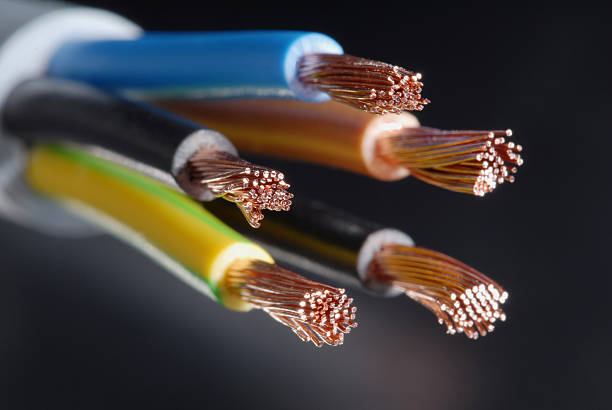
Inside cables there are 3 sub categories:
- EV Charging Cables
- Solar Cables
- Cable Gland
- Hitech Cables
Solar Cables
Solar cables are specialized electrical cables designed for interconnecting solar panels and other components of a photovoltaic (PV) power system. They are engineered to perform efficiently in harsh outdoor environments, withstanding extreme temperatures, UV radiation, humidity, and mechanical stress over long periods. A key feature of these cables is their long service life and resistance to degradation, making them suitable for rooftop installations, ground-mounted systems, and solar farms.
These cables typically feature stranded tinned copper conductors that offer superior flexibility and corrosion resistance. The insulation and sheath materials are cross-linked polymers or elastomers that resist weathering, ozone, and chemical exposure. Solar cables are often double insulated to provide additional safety and durability, even in exposed conditions. They are designed to handle a rated DC voltage up to 1.5 kV and operate safely at high temperatures, often up to 120°C.
The color-coded insulation helps with easy identification during installation, and many versions are halogen-free and flame-retardant to meet environmental and fire safety regulations. These cables also comply with global standards such as TUV and UL, ensuring consistent quality and safety across various applications.
Solar cables are used to connect PV modules, inverters, junction boxes, charge controllers, and battery banks, forming the backbone of any solar energy system. Their ability to minimize energy losses during transmission is essential in maintaining the efficiency of the system. They are also suitable for both fixed installations and flexible use where movement or vibration occurs.
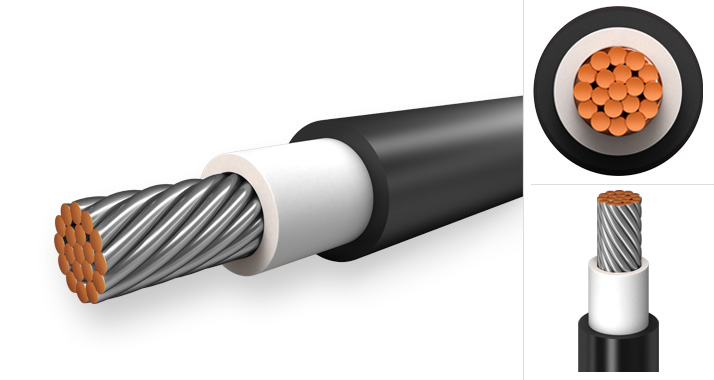
As the global shift toward renewable energy accelerates, solar cables play an increasingly critical role in ensuring reliable and safe transmission of electricity generated from the sun. Choosing the right solar cable helps maximize the return on investment in solar power systems while ensuring long-term performance and safety.
EV Cables
Electric Vehicle (EV) cables are essential components in the infrastructure that supports electric mobility. These cables are specifically designed to handle high voltages and currents, ensuring safe and efficient charging of electric vehicles. EV cables must withstand mechanical stress, frequent movement, and varying environmental conditions. Their construction typically includes tinned copper conductors for excellent conductivity, robust insulation for high voltage endurance, and shielding to minimize electromagnetic interference.
The cable sheath is usually made from weather- and flame-resistant compounds to ensure long-term durability and safety. Multi-core designs are commonly used to carry power, control signals, and communication data simultaneously, optimizing performance in both slow and fast-charging applications. These cables are also engineered to remain flexible over a wide temperature range, making them suitable for use in both indoor charging stations and outdoor environments.
EV cables are compliant with international safety and performance standards, meeting the demands of modern electric mobility infrastructure. They play a critical role not just in public charging stations but also in private EV setups, ensuring consistent power delivery without overheating or energy loss. Some variants even incorporate smart technology to communicate with the vehicle’s charging system for real-time data exchange, enhancing efficiency and safety.
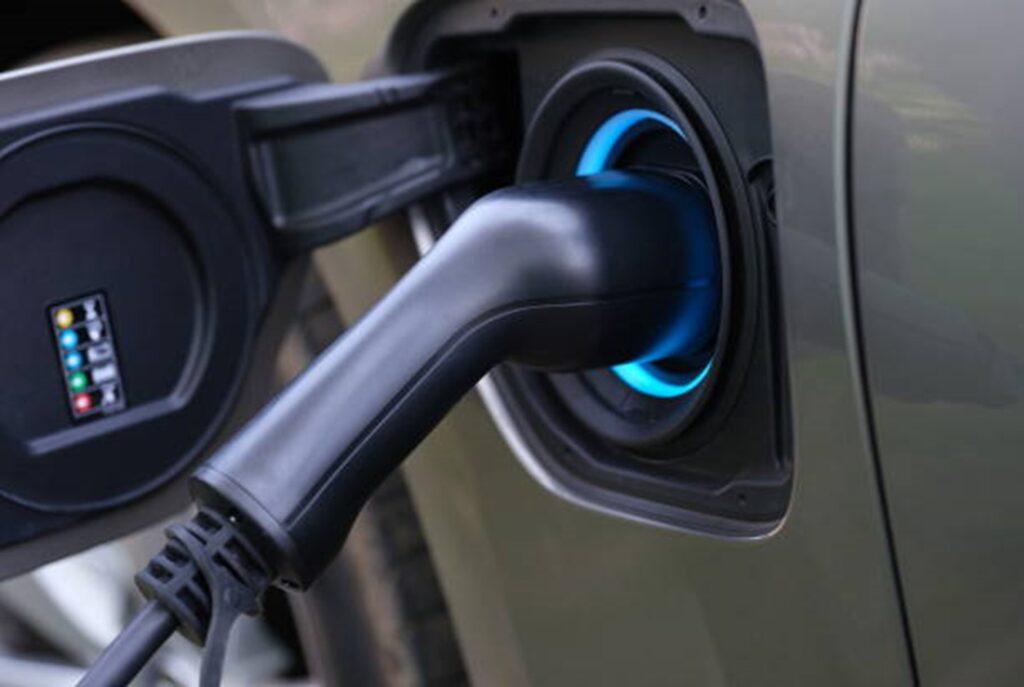
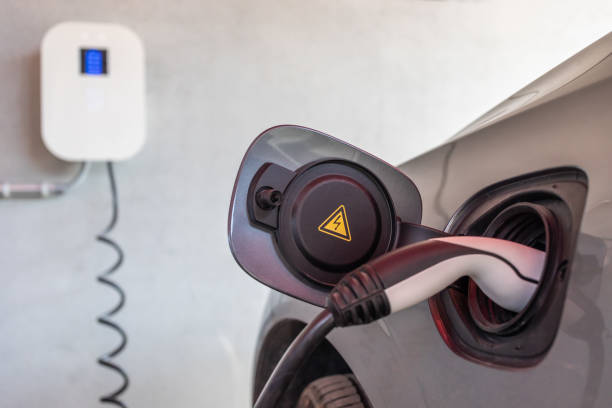
Telecom: RF Cables/Coaxial Cable/Feeder Cable
Telecom cables are the foundation of modern communication networks, responsible for transmitting data, voice, and video signals with high reliability and minimal interference. These cables are used across a range of applications including broadband internet, telephone networks, data centers, security systems, and industrial automation. Designed to support high-speed data transmission over long distances, telecom cables come in various types such as LAN cables, coaxial cables, fiber optic cables, and twisted pair cables.
Each type serves a specific function. LAN cables, such as Cat5e or Cat6, are used for local networking, offering high-speed connectivity for homes and businesses. Coaxial cables are ideal for transmitting television signals and broadband internet, providing excellent resistance to signal loss. Fiber optic cables use light to transmit data at extremely high speeds and bandwidths, making them essential for modern internet infrastructure and large-scale data systems.
Telecom cables are built with materials that ensure excellent signal integrity, shielding them from electromagnetic interference (EMI) and radio-frequency interference (RFI). Shielding techniques and insulation materials help prevent signal degradation, ensuring clear and consistent communication. These cables are also designed for easy installation and durability, with resistance to moisture, chemicals, and physical wear.
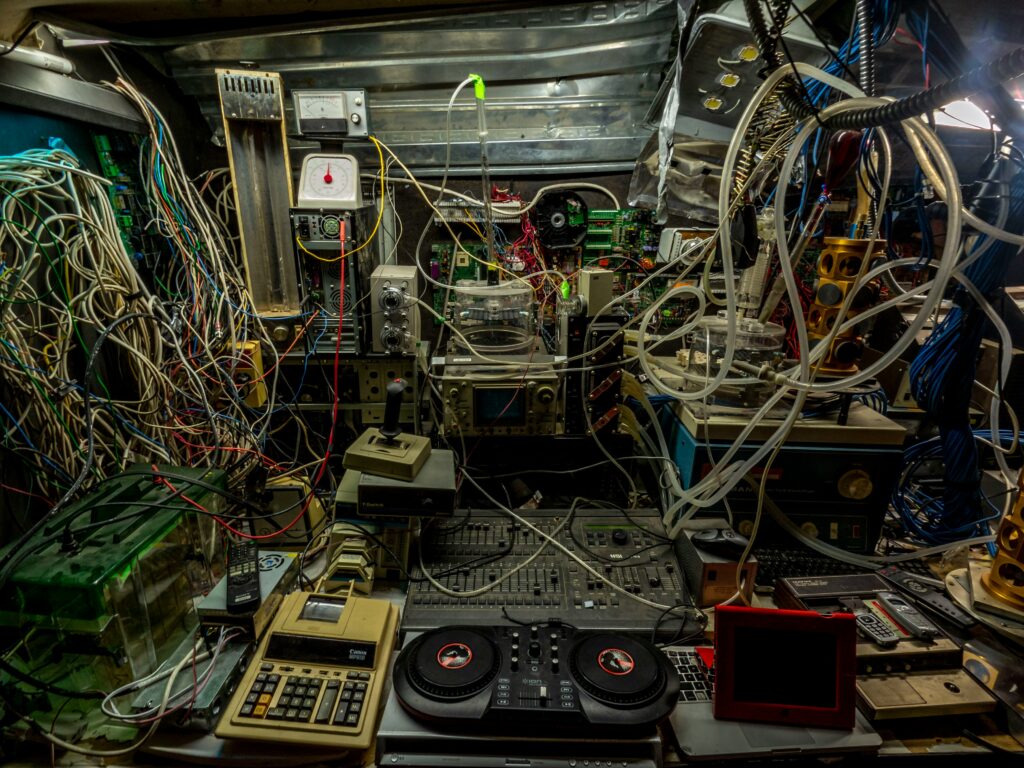
In structured cabling systems, telecom cables are installed in organized layouts to support scalability and efficient troubleshooting. They are manufactured according to global standards such as ISO, TIA/EIA, and IEC, ensuring compatibility and performance across devices and platforms.
As communication technology evolves, telecom cables continue to adapt—offering higher speeds, better shielding, and more robust construction. Whether in high-rise buildings, rural broadband setups, or smart city infrastructures, these cables ensure seamless connectivity and are vital to supporting digital transformation across all industries.
